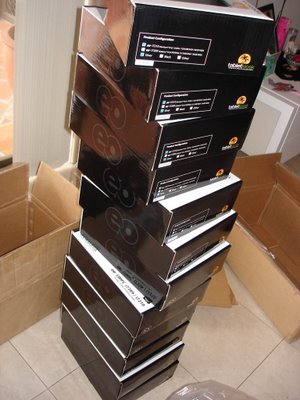ANS: T Creation of Value
2. In Learning from Experience: Anne Mulcahy, Chairman and Former CEO of Xerox, Commits to Business Ethics: Mulcahy says that it is best for Xerox to only release certain information, and to present Xerox in the best image possible.
ANS: F
Mulcahy believes in transparency and on October 3, 2000, she candidly told analysts, “Xerox’s business model is unsustainable.”
Creation of Value
3. The ethics competency involves the knowledge, skills, and abilities needed by individuals, teams, and organizations to incorporate values and principles that distinguish right from wrong when making decisions and choosing behaviors.
ANS: T Creation of Value
4. Most, if not all, ethical issues are very clear in regards to what is the right and wrong response.
ANS: F
Some ethical issues involve factors that blur individual perceptions between “right” and “wrong.” As a result, some employees may differ in their opinions about what is ethical or unethical in various situations.
Individual Dynamics
5. Lawrence Kohlberg probably is the best known scholar in the field of the psychology of ethical decision making and behavior.
ANS: T
Analytic | Individual Dynamics
6. According to Kohlberg, people have a set ethical level at childhood, and this level rarely changes as people go through adulthood.
ANS: F
Kohlberg held that people develop morally, much as they do physically, from early childhood to adulthood. As they develop, their ethical criteria and patterns of moral reasoning go through stages.
Individual Dynamics


 I’ve been hiding from you all wanting to scream out “surprise” and yet the only surprise I had this week was on me. It seems FedEX had clearance delays so my new arrival turned into a new debacle. So with several emails, phone calls, attachments and a recent drive to the FedEX warehouse I am proud to say that the HSDPA Raon Digital EVERUN is with me!
I’ve been hiding from you all wanting to scream out “surprise” and yet the only surprise I had this week was on me. It seems FedEX had clearance delays so my new arrival turned into a new debacle. So with several emails, phone calls, attachments and a recent drive to the FedEX warehouse I am proud to say that the HSDPA Raon Digital EVERUN is with me!